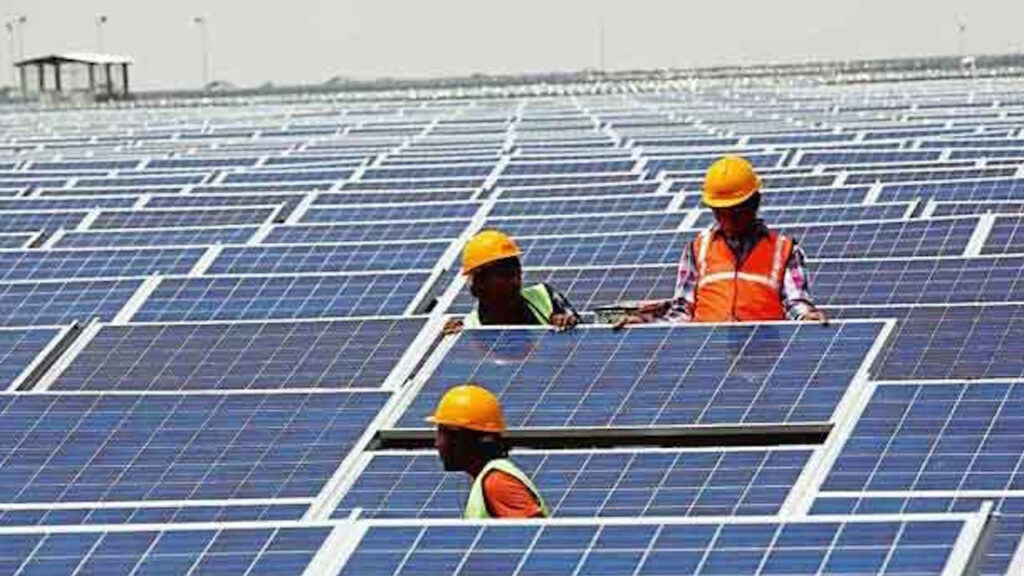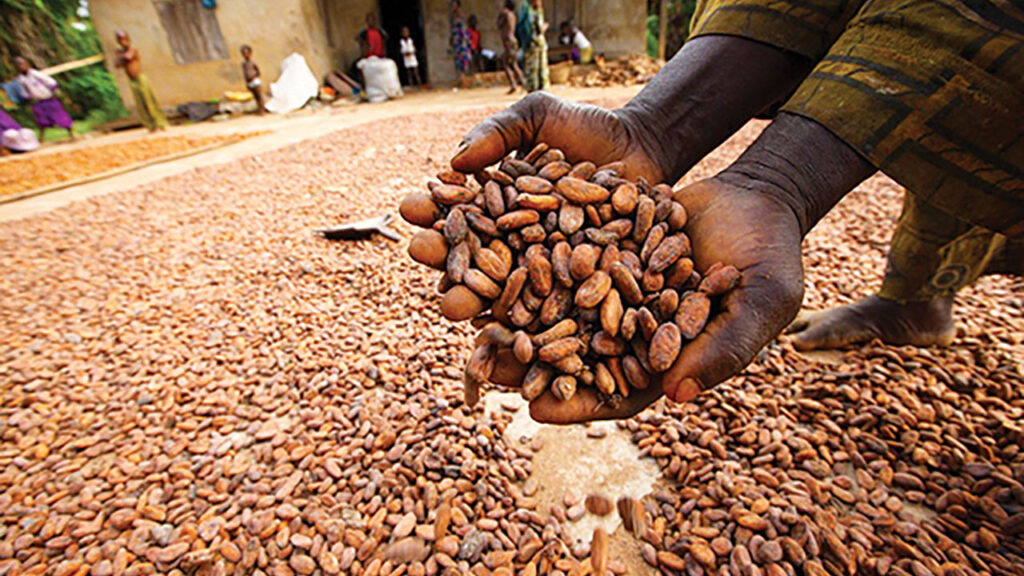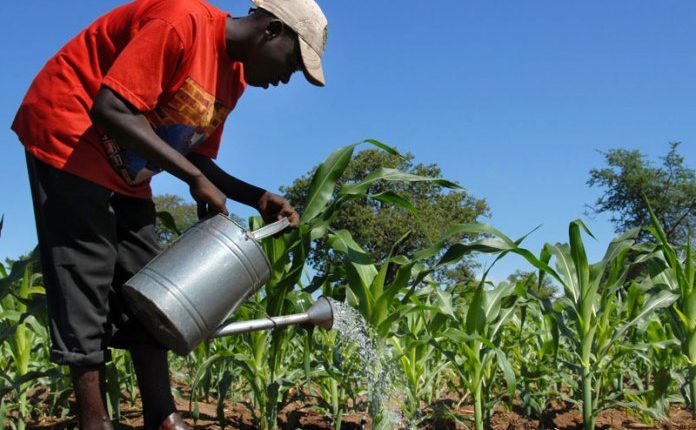
The expansion of renewable energy has outpaced efforts to provide basic energy access to people living in poor communities, a report says.
According to the report released by the International Energy Agency (IEA), International Renewable Energy Agency (IRENA), United Nations Statistics Division (UNSD), World Bank and the World Health Organisation (WHO), yesterday, the world is not on track to achieve the Sustainable Development Goal (SDG) seven by 2030.
It states that the global energy access gap persists with 675 million people without electricity, 2.3 billion people reliant on harmful cooking fuels, noting that this year marks the halfway point for achieving SDGs by 2030.
SDG 7 is to ensure access to affordable, reliable, sustainable and modern energy. The goal includes reaching universal access to electricity and clean cooking, doubling historic levels of efficiency improvements and substantially increasing the share of renewables in the global energy mix.
Attaining this goal will have a deep impact on people’s health and well-being, helping to protect them from environmental and social risks such as air pollution, and expanding access to primary health care and services.
The report stated that renewable electricity use in global consumption has grown from 26.3 per cent in 2019 to 28.2 per cent in 2020, the largest single-year increase since the start of tracking progress for the SDGs.
According to Executive Director, IEA Fatih Birol, cost-competitive renewable energy has demonstrated remarkable resilience, but the poorest in the world are still largely unable to fully benefit from it.
“To realise SDG 7 without compromising climate goals, we must bring about systemic change in the way international cooperation works. Multilateral financial institutions must direct financial flows more equitably around the world to support renewables deployment and related physical infrastructure development.”
The report notes that the measure of how much energy the global economy uses per dollar of GDP improved from 2010–2020 by 1.8 per cent yearly, which is higher than the 1.2 per cent improvement from the previous decades.













